Rigging for Fluke Fishing
Going fishing, and you are stuck on how you can rig for a fluke? First, know how to tie various rigs, hook a fluke, learn about multiple fluke rigs, and understand the best time to rig.
Next, it’s crucial to select the right equipment and the best bait. Rigging for fluke can become very adventurous once you follow the proper steps. While hooking a fluke, you need to run the hook’s point through its nose until the point comes out at the belly slit.
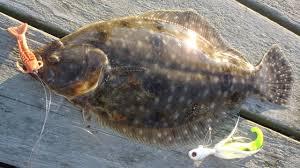
Fluke (summer flounder) rigs are designed depending on fishing sites, including rocky waters, oceans, bays, sandy places, and inlets.
Best Fluke Rigs
You can use various rigs for jigging, and they differ slightly depending on the type of bass and the location. These are the most popular fluke fishing rigs;
High -low rig; being one of the most liked by anglers, it used to be called the “classic chicken rig. It keeps the baits synchronously in the strike zone where the fluke hangs and works in the deep water of up to 80ft deep. Slide the rig to a foot above the bottom once or twice per minute to check the weight.
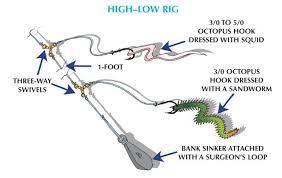
Tip the top hook with a single spearing and lower hook with long strip bait, squid strip, and spearing. On one end, attach a barrel swivel with a clinch knot for connecting the mainline. On the opposite side, use a dropper loop to secure the sinker.
Tangle-free rig; it can be used in the oceans and at bay without tangles. In the sea, use 5-inch hooks, while at bay, use 4 inches.
A single bucktail rig, also called the fluke ball rig, is essential when catching aggressive sea bass; it reduces the tangles and hits. It’s ideal for shallow water and light tackle.
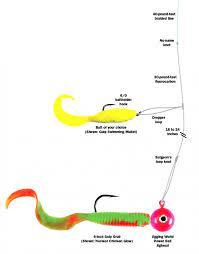
The fluke train rig is ideal for jigging over rocks, sandy bottoms, and around structures. Tie it to your mainline for shallow-water jigging or at the bottom hook on a high-low rig.
A popcorn rig; is a good option for beep waters. It has two dropper loops of 3 to 4 inches long and a tiny ¼ to ¾ ounce bucktail jig. Drop the rig to the bottom and keep the rod in a continuous movement, swiveling it occasionally to bring more fish as you shift.
A deepwater drail rig is best used in the sand. Tie the rig with a large hook and bait it with mackerel, chicken grubs, or sea robin strips.
Fishfinder bait rig; also called live bait rig. It’s great for shallow water fishing. Use a 3 to 4-inch dropper loop for small ones and a 6 to 7 dropper loop for big fish. You can use an octopus or a wide-gap hook for larger fish like the big bass.
Hopkins surf rig; it can be done from the shore and with small boats at the sandy rips. Bait it with strip squid, a piece of Berkley Gulp, and cut bait. Cast it in deep water along the sandbank with a bare hook or teaser hooks baited with a piece of Berkley gulp or squid. Spin tackle flaring above the bottom slowly until you catch fish.
Bucktail structure rig; it’s dangerous for rough fishing bottoms. It’s used by fluke fans who jig for fluke regularly. Use a Spro bucktail jig bouncing it on tight lines to keep it from ripping between wreck edges and rocks. Make sure the bucktail jigs are heavy enough to hop on the bottom.
How to Rig a Fluke
The most used style for bass fishing by professional fishermen is zoom super flukes. The following are rig features for zoom super fluke used for rigging;
Weightless Texas rigs; this flounder rig works well with extra-wide gap style hooks, worm hooks, and straight shank hooks. Run the hook all through the way and hide it. The straight shank leaves the hook point just below the surface of the bait’s back.
Double fluke rig; having trouble pulling a fish’s attention with the single hook? Well, adding a second one will do the job. It can be done with a three-way swivel with a bank sinker snap by tying your main line to one ring and the two leaders. It can also catch two fish together.
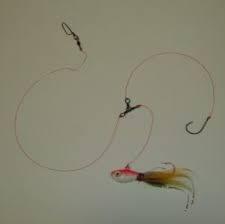
Scrounger; when rigging a scrounger, run a zoom Fluke up onto the head and balance by applying glue on the shaft before sliding the bait.
Underspin; people can typically fish well in mostly steady retrieve areas, but the underspin offers more versatility in the paths and depths.
Neko rig consists of a low drag on the hook on the back of the bait that will pull it forward while the weight in the Fluke’s nose keeps it down.
Best Baits and Lures for Fluke and Flounder Fishing
You can use the squid as the great bait, either fresh or frozen, whole or strip baits. Moreover, others like killifish, sand eels, finger mullet, and minnows.
You can also include these lures in your tackle box; fish strips like mackerel, herring, pilchard, shrimps, sand eels, soft-backed crab, and hermit crab tails. Also, to catch good fish, use ragworm, lugworm, Texas rigged creature and shellfish.
Best lures are; paddle tail Jigs, bucktail jigs, stick baits, soft plastics, shad tails, and sand shrimp.
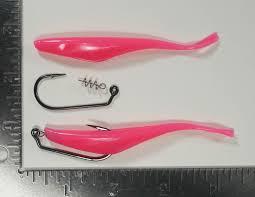
The best time to Catch a Fluke
The best time to catch fluke inshore is at high tide when dry sand bars are immersed, and flounder move there to feed. Offshore, the best time to catch flounder is early morning and late afternoon in and around the ruins and reefs.
How do You Jig for Fluke?
To jig for flounder, start with smaller jigs of about ¼ ounce, and use them to orderly probe the sandy bottom. Also, try catching fish with a jig head, but fast master it to be effective. If done right, use a one with a gulp of soft plastic bait on the back, and the jig catches fish.
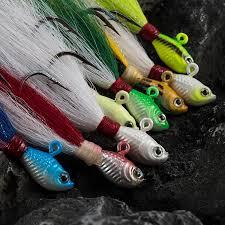
The Bottom Line
To jig, a flounder using lures place a nail weight in the nose of one bait and be sure that everything but the head of the weight is inside the body of the big fluke. Drive the back of the hook through the back of the lure, before the tail and allow it to exit.
Finally, not all flounders are flukes. Flounders are different types of flatfish, including Gulf Flounder, Southern Flounder, Starry Flounder, Summer Flounder, Windowpane Flounder, and Winter Flounder, among others.


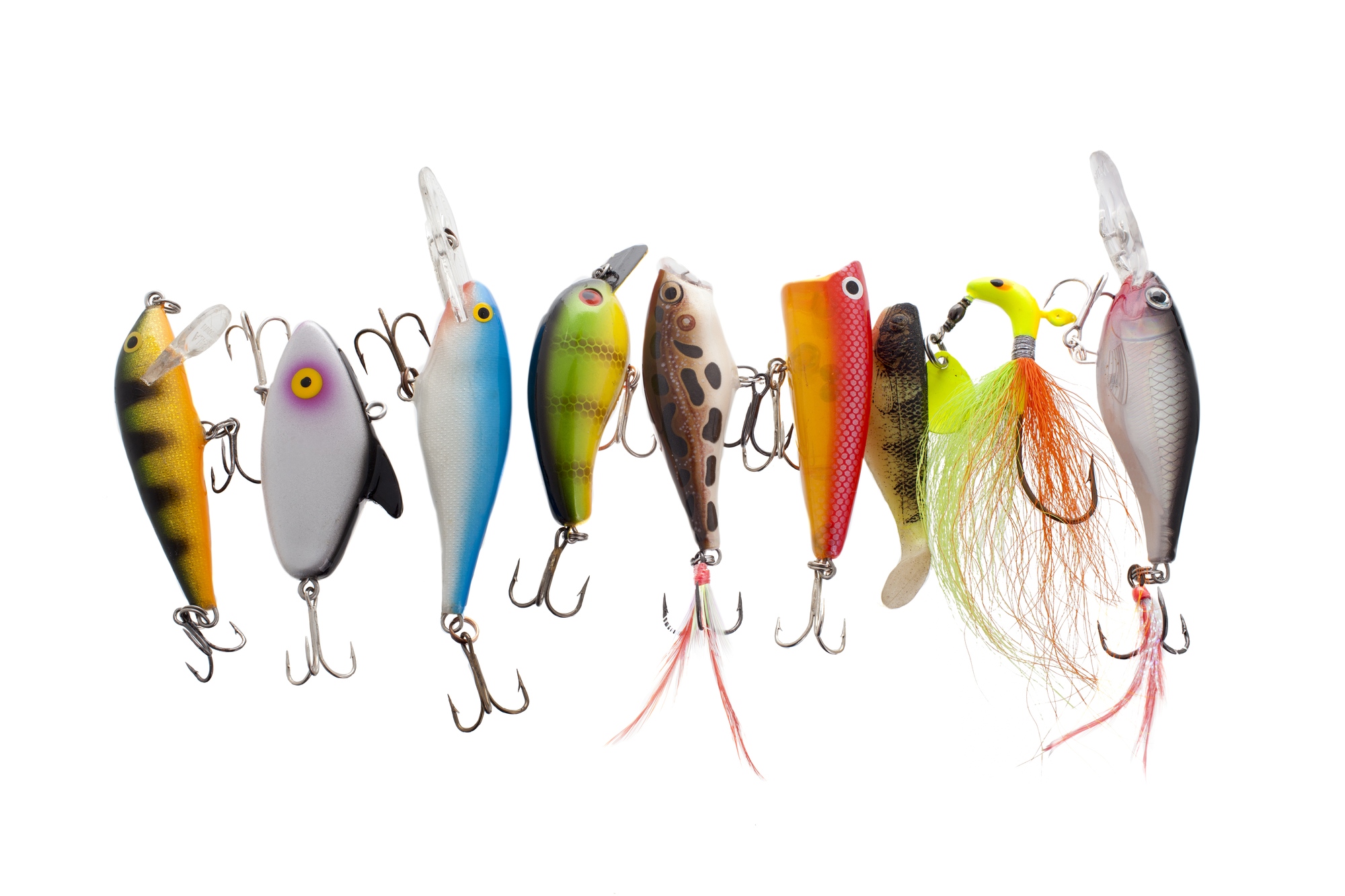

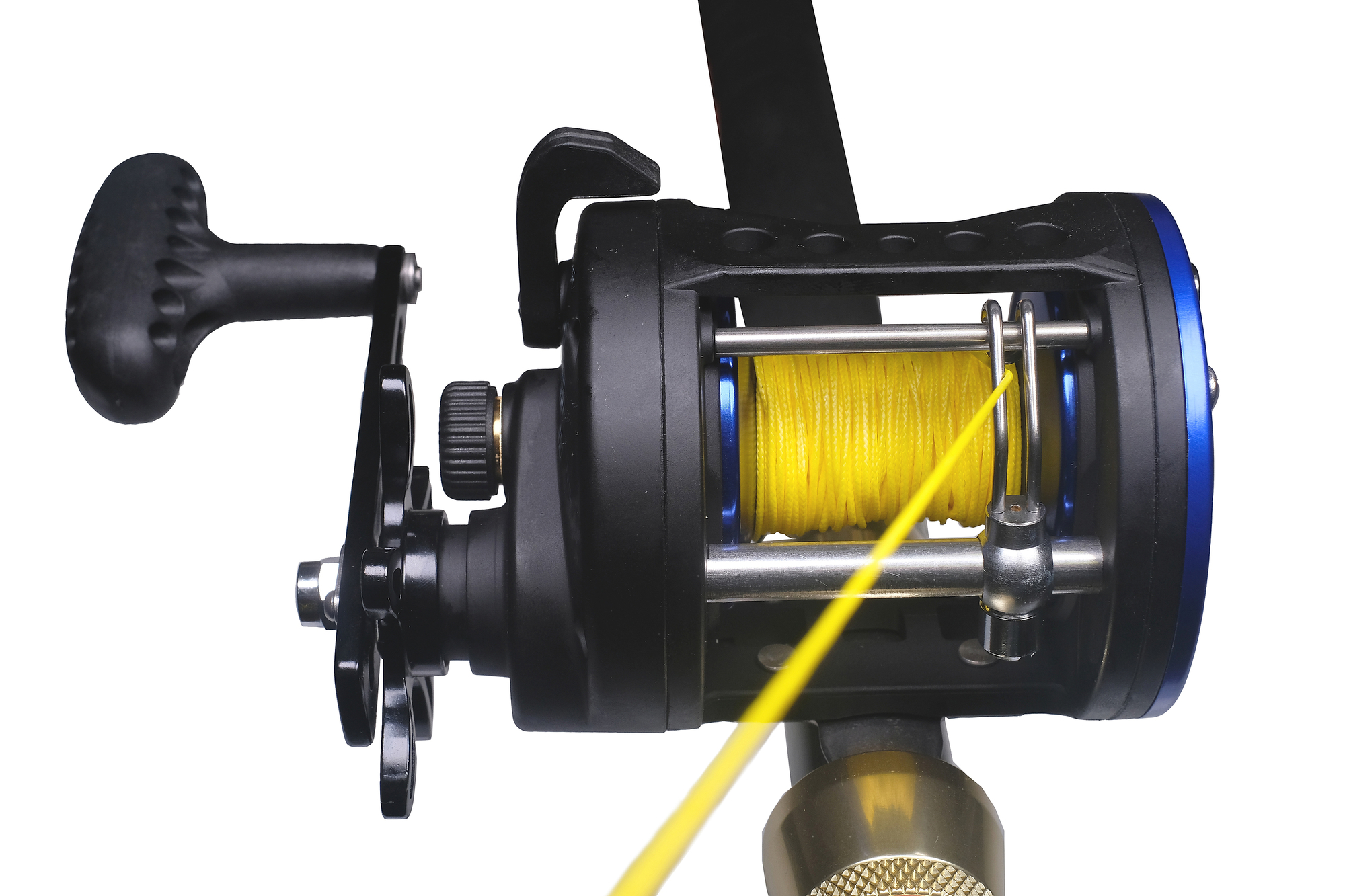

Comments 1